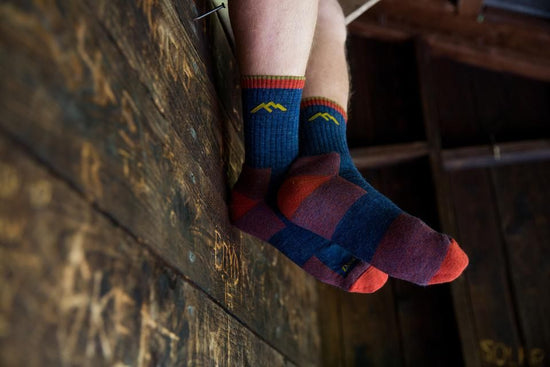Those who have a love of little things need never travel far to be amazed. This is especially true during spring when so much young life is just beginning its journey towards maturity. Seeds turn into sprouts, eggs hatch into birds, bugs, and fish, and nature, in general, erupts into an absolute riot of growth. It is the time when one of the tiny inhabitants of our fields begins to construct its cottage of unbursting bubbles. (At least that is how I describe it to children and those adults who retain some sense of the poetic.)
You can find these by walking through a grassy area on a spring day and looking for white blobs clinging to the grass or weeds. Looking closely, you will notice that these blobs are composed of tiny bubbles and look a whole lot like saliva. You wouldn’t be alone in thinking this, because you have come across what has been called frog spit, toad spit, snake spit, cuckoo spit, and (my favorite name from the U.K.) witch’s spit. However, these bubble masses are not made by any of the colorful animals or people named above. Instead they are the creation of a small insect most folks call a spittlebug, and if you run your fingers up through the bubbles, you can easily catch one of the little (usually) yellowish, green or brownish bugs and let them walk around in your hand. They are about the size of a small grain of rice and quite harmless.
The spittlebug is an immature stage of than insect called the froghopper, and it spends this stage of its life, head down on the stem of a plant sucking in sap with its mouth parts and blowing bubbles out of its butt. Bizarre as that sounds (and it is absolutely hilarious if you are a 10-year old boy), it is a fact. The spittlebug faces down on the stem of its host plant and sucks in the sap flowing up from its roots. This liquid is not very nutritious, so, every day, the spittlebug must take in and excrete more than 200 times its own body weight in order to live and grow. For a 150-pound human, this would mean drinking and excreting 2,700 gallons per day – enough to fill a 12-foot diameter swimming pool to a depth of 36 inches.
As the spittlebug excretes the processed liquid, it adds a sticky substance to make the bubbles last longer, and then whips air into the mixture to create the frothy mass it will call home for the next five to eight weeks. The foamy blob hides the spittlebug from predators, regulates the temperature, and keeps the little bug from drying out. But the foam also cuts the spittlebug off from the atmosphere, so it must extend its abdomen outside the bubbles, much like a “snorkel” to breathe. It should be noted, however, that if cut off from its source of air, the spittlebug has a short-term backup plan -- it can, temporarily, breathe the air trapped in the bubbles of its “house.”
When the spittlebug is ready to become a mottled brown and cream colored adult, it allows its bubble nest to dry out, and it emerges as the wedge-shaped insect known as a Froghopper. Yet while the Froghopper cannot blow a single bubble, it does have a remarkable talent – it can, according to many authorities, jump higher than any other animal in the world relative to its size. Measuring only one-quarter of an inch in length, the Froghopper can jump100 times that distance reaching a height of two feet in a single jump. A six-foot person with same ability, could jump over the Washington Monument.
Think about all of this when you come across these bubbly masses out in a spring meadow. As Albert Einstein once said, “There are only two ways to live your life. One is as though nothing is a miracle. The other is as though everything is a miracle.” The choice, of course, is up to you.



